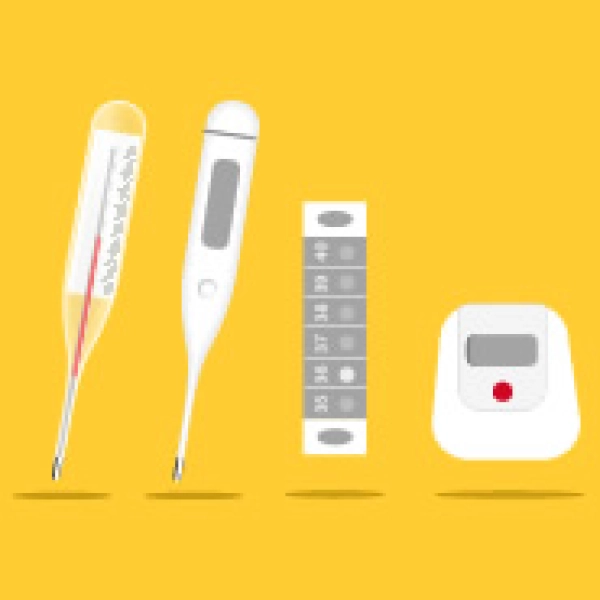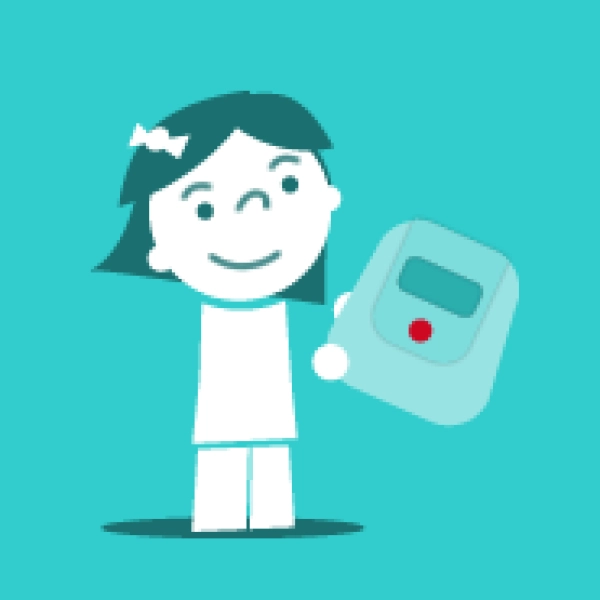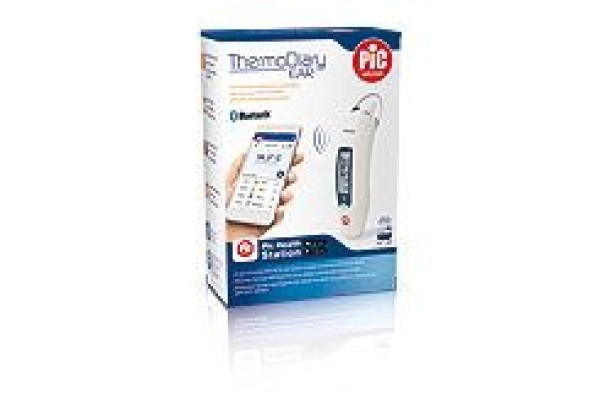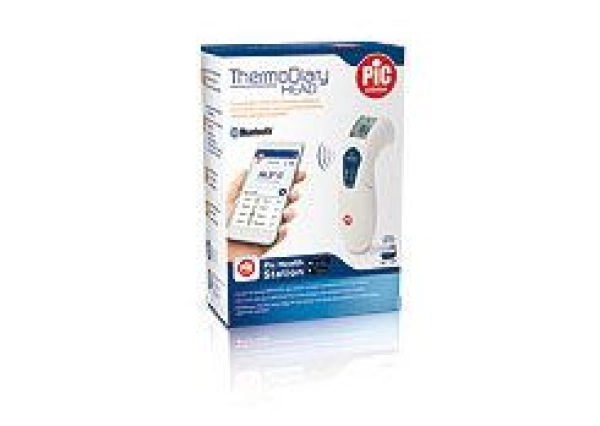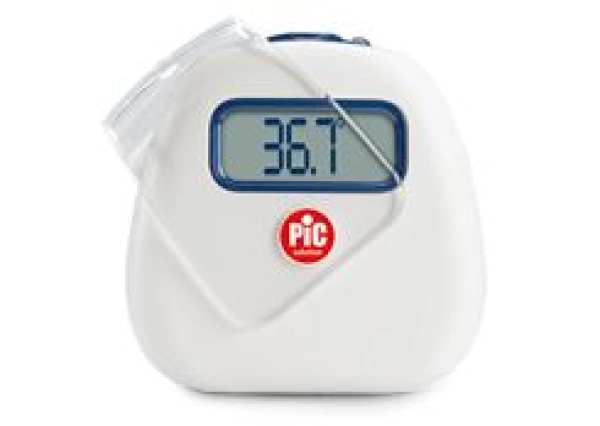

Did you know that modern wireless technologies allow doctors to stay by their patients' side for the entire day, thanks to remote monitoring? And you can keep your health - in terms of heart rate or blood glucose levels just to give some examples - always under control with the latest generation of devices and wearables. Telemedicine is all of this and much more: it will not transform your doctor into a call centre you can contact for every slightest doubt, but will shrink the distance between patients and specialists thanks to wireless and wearable devices, with obvious benefits for our health. Let's discover together the new features and services offered by healthcare's electronic revolution.
The new era of health is made up of blood pressure monitors, thermometers, glucometers and even scales integrated with wireless technology, and connected to apps that allow you to store and quickly share any results. Weight, blood pressure, blood glucose level, breathing and core temperature can be recorded at home with your new device and monitored by the doctor from the comfort of his or her office. If necessary, data can be monitored even 24 hours a day. The advent of telemedicine - also known as eHealth, electronic health, mHealth, mobile health, or wearable health - is making monitoring and health care services simpler and, to some extent, more efficient.
New wireless telemedicine devices look almost identical to previous models but offer completely new services and features. Thanks to the wireless connection, these devices, including wearables, can be combined with a smartphone or tablet application that not only collects data in real time, but also stores them in a secure form and allows you to immediately share them with your doctor, within a "live health" framework. It's a small step for technology, but a great leap forward for patients in treatment. With electronic health and wearables, we can create a direct line of communication with our doctor. Sharing the device's measurements will allow him or her to always be informed about the evolution of the disease and to define an even more accurate diagnosis for our health.
On top of wireless health devices, new telemedicine technologies also include so-called wearables: pieces of clothing or accessories, such as bandannas or sunglasses, made with sensorised materials or fabrics and featuring a range of medical technologies to detect some of the vital parameters for our health. Wearables integrate with wireless communication systems to send data to our smartphone or directly to a remote server, where our doctor or a group of specialists can evaluate diagnoses and risk factors for our health.
Wearables bring a new meaning to "wearing your heart on your sleeve". The market currently offers a variety of options, including T-shirts that check your heart rate or - at a more experimental stage - your blood sugar levels, or patches with integrated sensors that you can place on your chest for long-term heart monitoring. Wearable devices are extensively used by athletes and now are becoming increasingly important in the health sector, where they can be used to remotely check on individuals in high-risk categories, such as the elderly or people affected by chronic illnesses, to assess the effectiveness of medication or identify the early symptoms of motor disorders.

